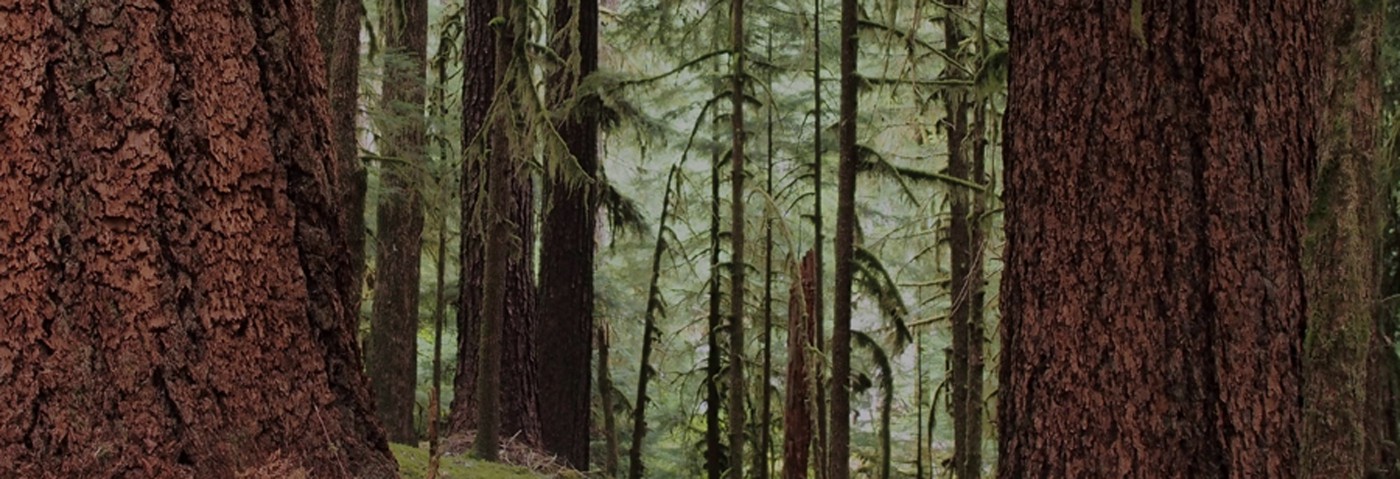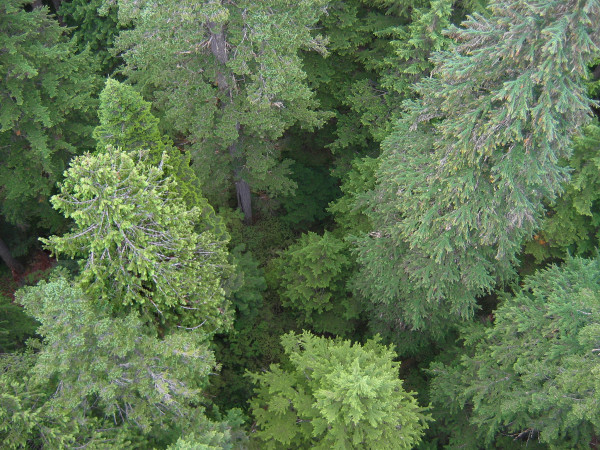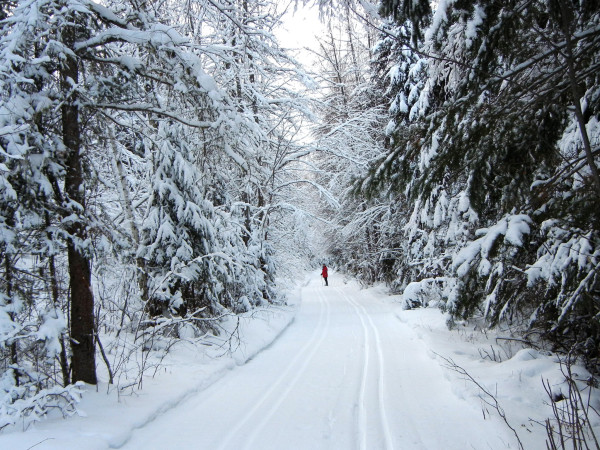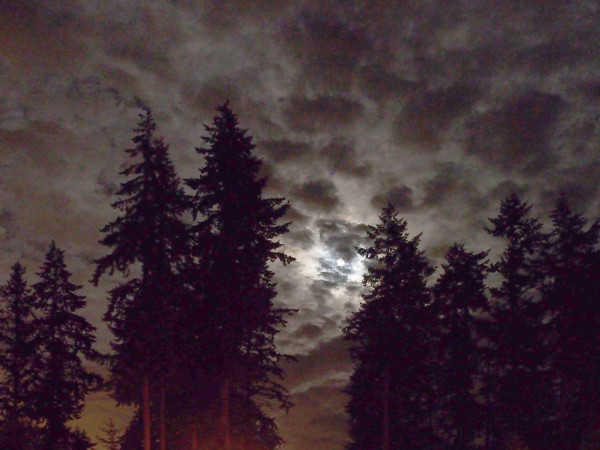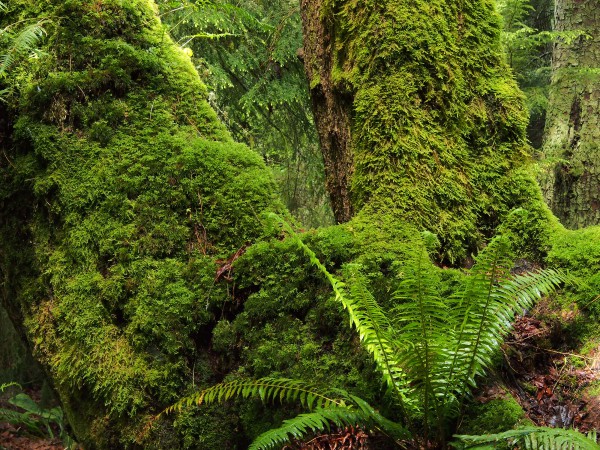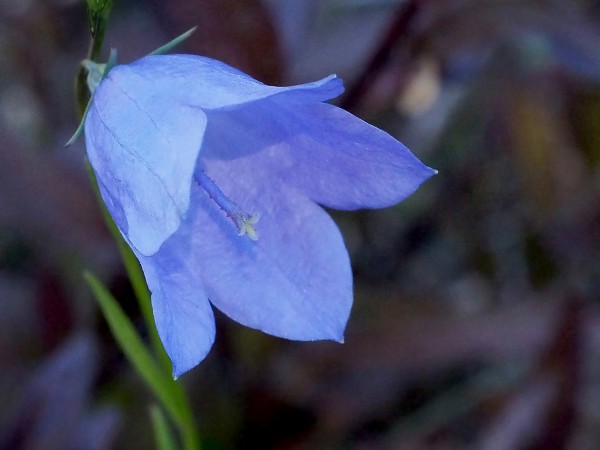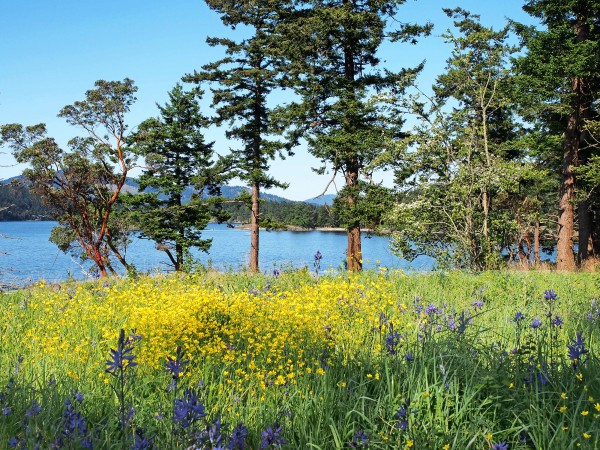Water Rising
By John Palka — Posted February 21, 2016
Water enters a plant through the roots, but it is needed by all of the plant’s living cells. The leaves (or the needles of a conifer) can be several hundred feet above the soil. Trees have no pumps analogous to an animal heart. How, then, does water get to the top of a Doug fir or a redwood? Read and find out!
